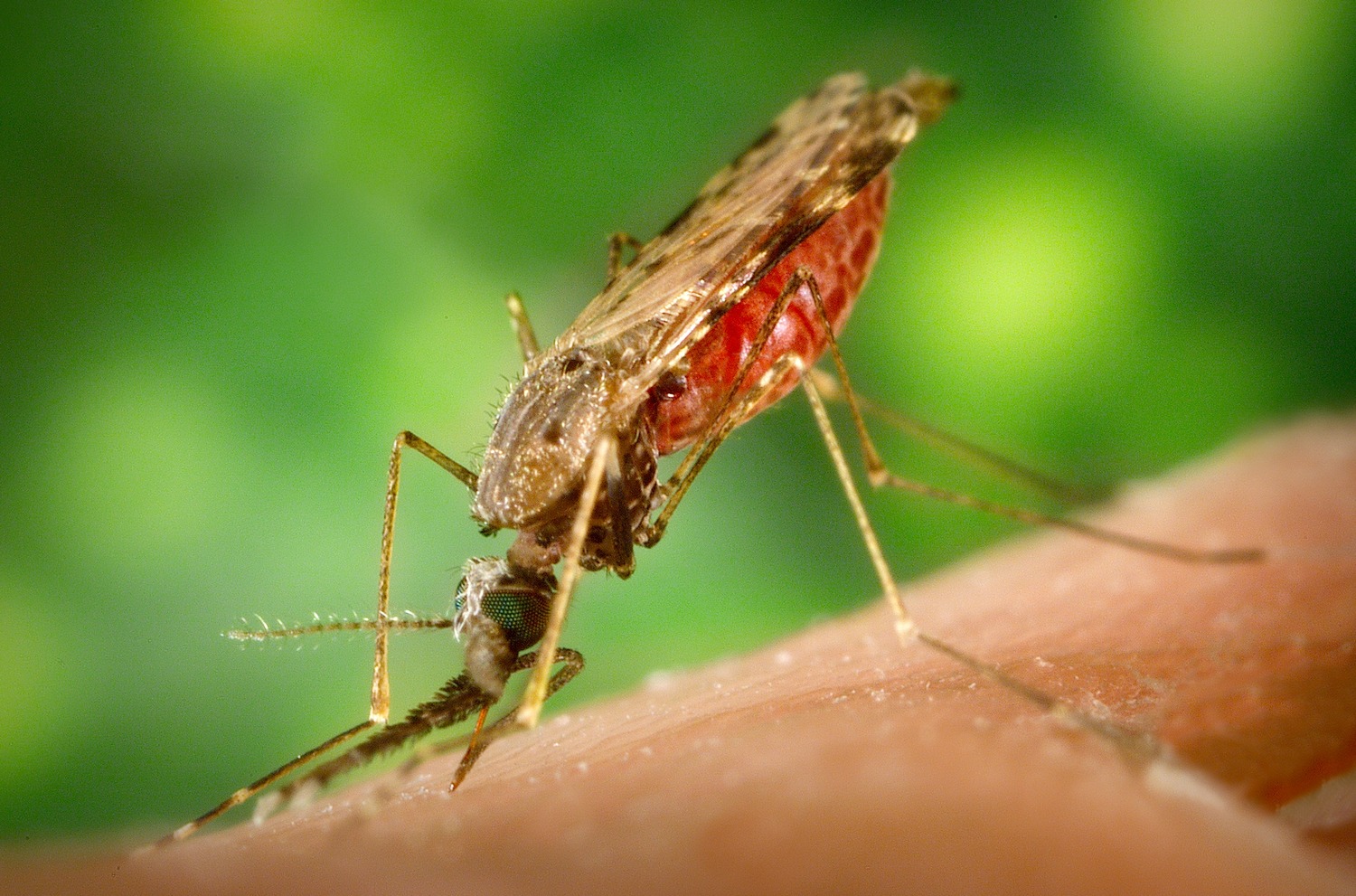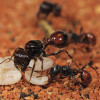Physiology Prize: Nobel for parasites
Interview with
This year's Nobel prize for physiology or medicine have revolutionized the  treatment of some of the most devastating parasitic diseases. Khalil Thirlaway is a parasitologist from Nottingham University and reports on the award-winning work...
treatment of some of the most devastating parasitic diseases. Khalil Thirlaway is a parasitologist from Nottingham University and reports on the award-winning work...
Khalil - Half of the prize goes to Chinese pharmacologist Tu Youyou who discovered the anti-malarial drug artemisinin by looking to the past for inspiration. She lived and worked in China during the cultural revolution of the 1960s and '70s when intellectuals including scientists were looked down upon as a danger to the revolution. This changed however with the onset of the Vietnam War. China's ally, North Vietnam asked the Chinese government for help because their troops were plagued by a particularly dangerous form of malaria which was resistant to the standard drug at that time, chloroquine. People have already screened hundreds of thousands of potential new drugs to no avail when Tu had the idea of searching back through ancient Chinese medical texts for possible cures. In a 1600-year-old text, she found a remedy which prescribed sweet wormwood as the treatment of intermittent fevers, a classic sign of malaria. After refining the method and even testing the drug on herself, she ended up with an effective cure for malaria which is still used today. It's called artemisinin after the Latin name for sweet wormwood. The other half of the Nobel Prize is shared equally between William C. Campbell and Satoshi Omura for the parasite killing drug, ivermectin. Omura was working in Japan, searching for new antimicrobials in a group of soil-living bacteria called Streptomyces which had already given us other medicines like the antibiotic streptomycin. He managed to isolate new strains of Streptomyces and grow them in his lab. Omura then sent the new bacteria to the USA for testing where Campbell investigated their possible medical properties. He found that one extract of Streptomyces avermitilis was effective against a wide range of parasites in animals. He purified the active component and modified it to be safer and more effective. The resulting drug, ivermectin is still one of the leading antiparasitic drugs in the market. In particular, it revolutionised the treatment of diseases caused by parasitic roundworms which were a major problem in the developing world. Between them, ivermectin and artemisinin have saved millions of lives and freed millions more from lifelong disease burdens.
- Previous Brain scan for epilepsy
- Next Growing humans kidneys in a dish










Comments
Add a comment